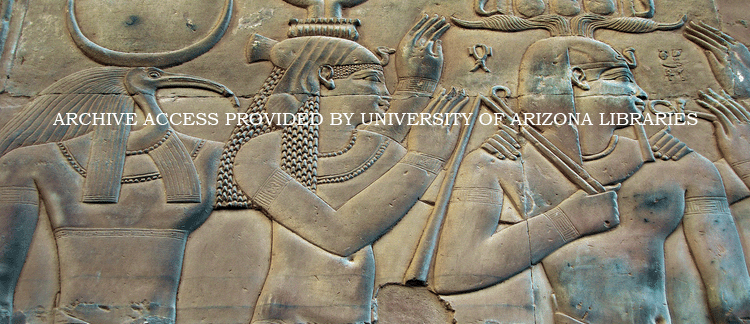Abstract
The non-impact of the alphabet has garnered a lot of attention recently: how could an invention so revolutionary do so little? Researchers have been led to wonder whether the alphabet may not have been as revolutionary as had been thought, or perhaps that it was not invented as early as had been thought. Recent discoveries, however, coupled with a re-evaluation of data that has been long known, lead to a different conclusion: the alphabet did spread across the entire Near East, from Egypt, through Syria, into southern Mesopotamia, within a few centuries of its invention. The exact chronology differed from place to place, but the transmission is always seen to follow the opening of trade routes. Interestingly, the alphabetic script is typically seen in the hands of scribes, not formerly illiterate people. Thus the alphabet’s revolutionary impact was limited by class structures, not geography.
How to Cite
Koller, A., (2018) “The Diffusion of the Alphabet in the Second Millennium BCE: On the Movements of Scribal Ideas from Egypt to the Levant, Mesopotamia, and Yemen”, Journal of Ancient Egyptian Interconnections 20(1), 1-14.
555
Views
199
Downloads
